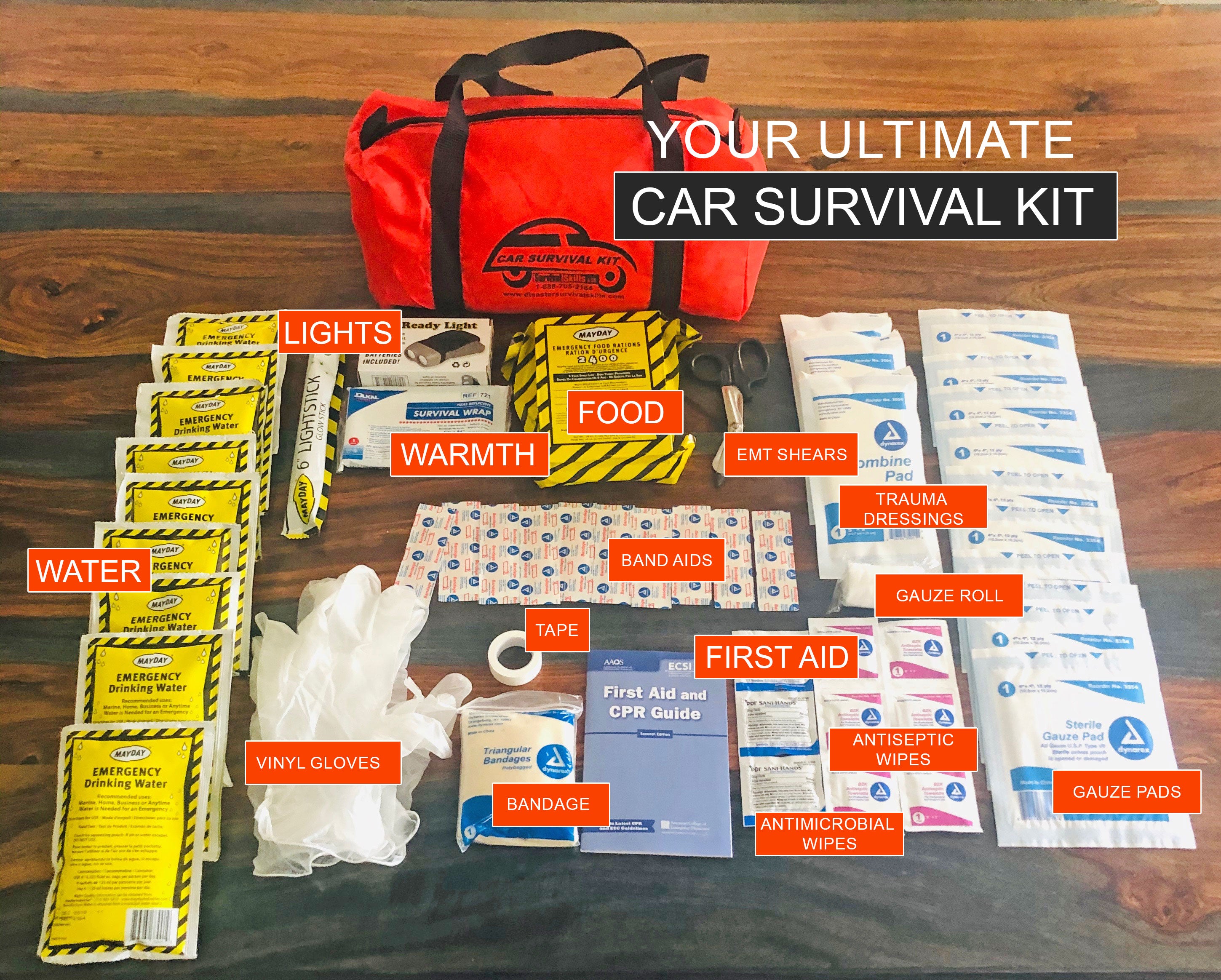Important Emergency Preparedness Tips for Survival
From setting up a well-appointed emergency situation kit to establishing clear communication channels and emptying courses, there are a number of important actions that can make a significant difference in the face of misfortune. By proactively attending to these vital aspects of emergency preparedness, you can dramatically improve your opportunities of survival in tough situations (EMERGENCY PREPAREDNESS).
Building an Emergency Kit
))/2204364.json)
Beginning by consisting of non-perishable food things like canned items, granola bars, and dried fruits that have a long life span and do not need food preparation. Keep in mind to pack a manual can opener. In addition, shop a minimum of one gallon of water per person per day for a minimum of 3 days in sturdy containers.
Maintain copies of crucial files like identification documents, insurance plans, and emergency get in touch with details in a water-proof container. By setting up a well-thought-out emergency kit, you can better prepare yourself for unanticipated occasions and boost your opportunities of staying safe during a crisis.
Creating a Communication Strategy
Setting up an emergency situation package with vital materials sets a solid structure for readiness; now, turning to the advancement of a communication strategy is critical for guaranteeing efficient sychronisation and details circulation during times of dilemma. A well-thought-out communication plan is vital for maintaining people notified, connected, and risk-free in emergency situation scenarios. Make use of several interaction approaches such as message messages, phone calls, social media, and emergency situation alert systems to ensure info reaches everybody quickly.
Developing Emptying Paths
To ensure efficient emergency response and security measures, developing clear emptying routes is paramount in readiness preparation. Emptying routes need to be predetermined and connected to all people in an offered area to make sure a swift and organized discharge in times of dilemma. When establishing emptying paths, it is important to think about numerous alternatives to account for different scenarios, such as fires, floodings, or various other emergency situations that might obstruct primary getaway routes.
The selected discharge paths must cause designated secure locations where individuals can look for sanctuary and await additional directions or assistance (click this link). These paths must be well-marked and conveniently obtainable, considering the needs of all people, including those with handicaps or flexibility limitations. Routine drills and technique runs along these evacuation courses can assist familiarize people with the retreat courses and ensure an extra effective evacuation process throughout actual emergency situations
In enhancement to physical evacuation paths, it is essential to have different communication methods in position to relay evacuation guidelines and updates effectively. By establishing and consistently reviewing evacuation courses, communities can enhance their overall emergency readiness and reaction abilities.
Learning Basic First Aid
One fundamental aspect of emergency readiness is acquiring expertise in basic initial aid treatments. In times of crisis or catastrophe, being able to supply instant clinical assistance can make a considerable distinction in saving lives. Discovering basic initial aid gears up individuals with the skills to examine and respond to medical emergencies and common injuries efficiently.
Fundamental first help training commonly covers necessary methods such as mouth-to-mouth resuscitation, wound care, bandaging, splinting, and identifying indicators of shock or respiratory distress. click for source. Comprehending exactly how to carry out these basic interventions properly can support a person's condition till professional medical aid gets here
Moreover, having a fundamental emergency treatment kit readily available is vital in emergency circumstances. The kit should include necessary products like bandages, disinfectant wipes, gauze pads, sticky tape, handwear covers, tweezers, and scissors. Understanding just how to make use of these items effectively can prevent infections, quit bleeding, and provide convenience to those in need.
Protecting Essential Records

Final Thought
In final thought, being planned for emergency situations is critical for survival. Constructing an emergency package, creating an interaction strategy, developing evacuation paths, finding out basic emergency treatment, and protecting vital papers are important actions to take. By being aggressive and taking these procedures, individuals can boost their chances of staying secure and being able to navigate with unanticipated scenarios effectively. It is vital to prioritize emergency readiness to ensure readiness for any prospective dilemmas that may emerge. EMERGENCY PREPAREDNESS.
From putting together a well-equipped emergency situation kit to developing clear communication channels and emptying courses, there are numerous vital steps that can make a substantial difference in the face of misfortune.To guarantee efficient here are the findings emergency situation response and safety and security actions, developing clear evacuation courses is vital in readiness preparation. When developing evacuation courses, it is important to consider multiple choices to account for different scenarios, such as fires, floodings, or various other emergency situations that might obstruct primary retreat routes.
Regular drills and practice runs along these emptying paths can help familiarize people with the retreat courses and make sure a much more reliable evacuation procedure throughout actual emergency situations.
Building an emergency kit, establishing a communication strategy, establishing evacuation paths, finding out basic initial aid, and securing crucial papers are essential actions to take.